

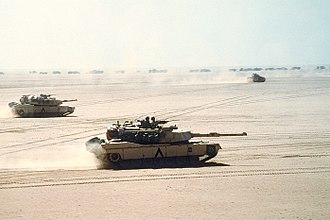
The Abrams remained untested in combat until the Gulf War in 1991, during Operation Desert Storm. A total of 1,848 M1A1s were deployed to Saudi Arabia to participate in the liberation of Kuwait. The M1A1 was superior to Iraq's Soviet-era T-54/T-55 and T-62 tanks, as well as T-72 versions imported from the Soviet Union and Poland. Polish officials stated that no license-produced T-72 (nicknamed Lion of Babylon) tanks were finished before destruction of the Iraqi Taji tank plant in 1991.
The T-72s, like most Soviet export designs, lacked night-vision systems and then-modern rangefinders, though they did have some night-fighting tanks with older active infrared systems or floodlights. Very few M1 tanks were hit by enemy fire and none were destroyed as a direct result of enemy fire, none of which resulted in any fatalities. Three Abrams were left behind the enemy lines after a swift attack on Talil airfield, south of Nasiriyah, on February 27. One of them was hit by enemy fire, the two other embedded in mud. The tanks were destroyed by U.S. forces in order to prevent any trophy-claim by the Iraqi Army. A total of 23 M1A1s were damaged or destroyed during the war. Of the nine Abrams tanks destroyed, seven were destroyed by friendly fire and two intentionally destroyed to prevent capture by the Iraqi Army. No M1s were lost to enemy tank fire. Some others took minor combat damage, with little effect on their operational readiness.
The M1A1 could kill other tanks at ranges in excess of 8,200 feet (2,500 m). This range was crucial in combat against previous generation tanks of Soviet design in Desert Storm, as the effective range of the main gun in the Soviet/Iraqi tanks was less than 6,600 feet (2,000 m). This meant Abrams tanks could hit Iraqi tanks before the enemy got in range—a decisive advantage in this kind of combat. In friendly fire incidents, the front armor and fore side turret armor survived direct APFSDS hits from other M1A1s. This was not the case for the side armor of the hull and the rear armor of the turret, as both areas were penetrated on at least two occasions by unintentional strikes by depleted uranium ammunition during the Battle of Norfolk.
The Abrams played a critical role in the Gulf War. It was used to spearhead the coalition forces' advance into Kuwait and Iraq, and it was responsible for destroying hundreds of Iraqi tanks and other armored vehicles.
The Abrams was so successful in the Gulf War that it earned the nickname "The Beast of the Desert." It proved to be superior to any tank in the Iraqi arsenal, and it played a major role in the coalition forces' victory.
Here are some specific examples of the Abrams' use in the Gulf War:
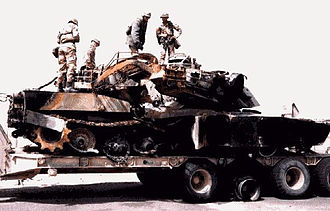
During operations Desert Shield and Desert Storm some M1IP and M1A1s were modified locally in theater (in the war zone) by modification work orders (MWO) with additional rolled homogeneous armor plating welded on the turret front.
Lessons from the war improved the tank's weapons sights and fire control unit.
.jpg)
During the Waco siege in 1993 two M1A1 Abrams tanks were borrowed from the military and deployed by the FBI against the Branch Davidians.
The use of the tanks was controversial because some people believed that it was excessive force and that it could have contributed to the fire that ultimately destroyed the compound and killed 76 people, including 25 children. Others defended the use of the tanks, arguing that they were necessary to break down the heavily fortified compound and protect the lives of law enforcement officers. The decision to use the tanks was made by the FBI's Hostage Rescue Team (HRT). The HRT is a specialized unit that is trained to deal with hostage situations. The HRT believed that the tanks were necessary to break down the compound's walls and to create a breach for law enforcement officers to enter the compound. The tanks were used on April 19, 1993, the fifth day of the standoff between the FBI and the Branch Davidians. The tanks fired tear gas canisters into the compound in an attempt to force the Branch Davidians out. However, the tear gas was ineffective, and the Branch Davidians remained inside the compound.
At approximately 5:50 PM, the tanks began to demolish the compound's walls. The tanks fired their main guns at the walls, knocking them down and creating openings for law enforcement officers to enter the compound.
The use of the tanks is believed to have contributed to the fire that ultimately destroyed the compound. The fire started at approximately 6:00 PM, shortly after the tanks began to demolish the walls. The fire quickly spread throughout the compound, and it took firefighters several hours to extinguish it.
The use of the M1 Abrams tank during the Waco Siege is a complex and controversial issue. There are strong arguments on both sides of the issue. Ultimately, it is up to each individual to decide whether or not they believe that the use of the tanks was justified.
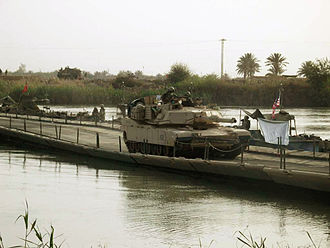
Further combat was seen during 2003 when U.S. forces invaded Iraq and deposed Iraqi President Saddam Hussein in the Iraq War's Operation Iraqi Freedom. One achievement of the M1A1s was the destruction of seven T-72s in a point-blank skirmish (less than 50 yards (46 m)) near Mahmoudiyah, about 18 miles (29 km) south of Baghdad, with no U.S. losses. This was in the face of inadequately trained Iraqi tank crews, most of whom had not fired live ammunition in the previous year due to the sanctions then in operation and made no hits at point-blank range.
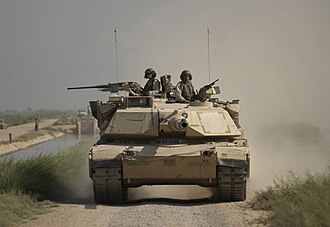
Following lessons learned in Desert Storm, the Abrams and many other U.S. combat vehicles used in the conflict were fitted with Combat Identification Panels to reduce friendly fire incidents.
Several Abrams tanks that were irrecoverable due to loss of mobility or other circumstances were destroyed by friendly forces, usually by other Abrams tanks, to prevent their capture. Some Abrams tanks were disabled by Iraqi infantrymen in ambushes during the invasion. Some troops employed short-range anti-tank rockets and fired at the tracks, rear and top. Other tanks were put out of action by engine fires when flammable fuel stored externally in turret racks was hit by small arms fire and spilled into the engine compartment. By March 2005, approximately 80 Abrams tanks had been forced out of action by enemy attacks; 63 were shipped back to the U.S. for repairs, while 17 were damaged beyond repair with 3 of them at the beginning of 2003.
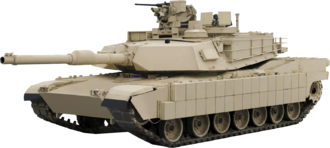
Vulnerabilities exposed during urban combat in the Iraq War were addressed with the Tank Urban Survival Kit (TUSK) modifications, including armor upgrades and a gun shield, issued to some M1 Abrams tanks. It added protection in the rear and side of the tank and improved fighting ability and survival ability in urban environments. By December 2006 more than 530 Abrams tanks had been shipped back to the U.S. for repairs.
In May 2008, it was reported that a U.S. M1 tank had also been damaged in Iraq by insurgent fire of a Soviet-made RPG-29 "Vampir", which uses a tandem-charge HEAT warhead to penetrate explosive reactive armor (ERA) as well as composite armor behind it. The U.S. considered the RPG-29 a high threat to armor and refused to allow the newly formed Iraqi Army to buy it, fearing that it would fall into the insurgents' hands.
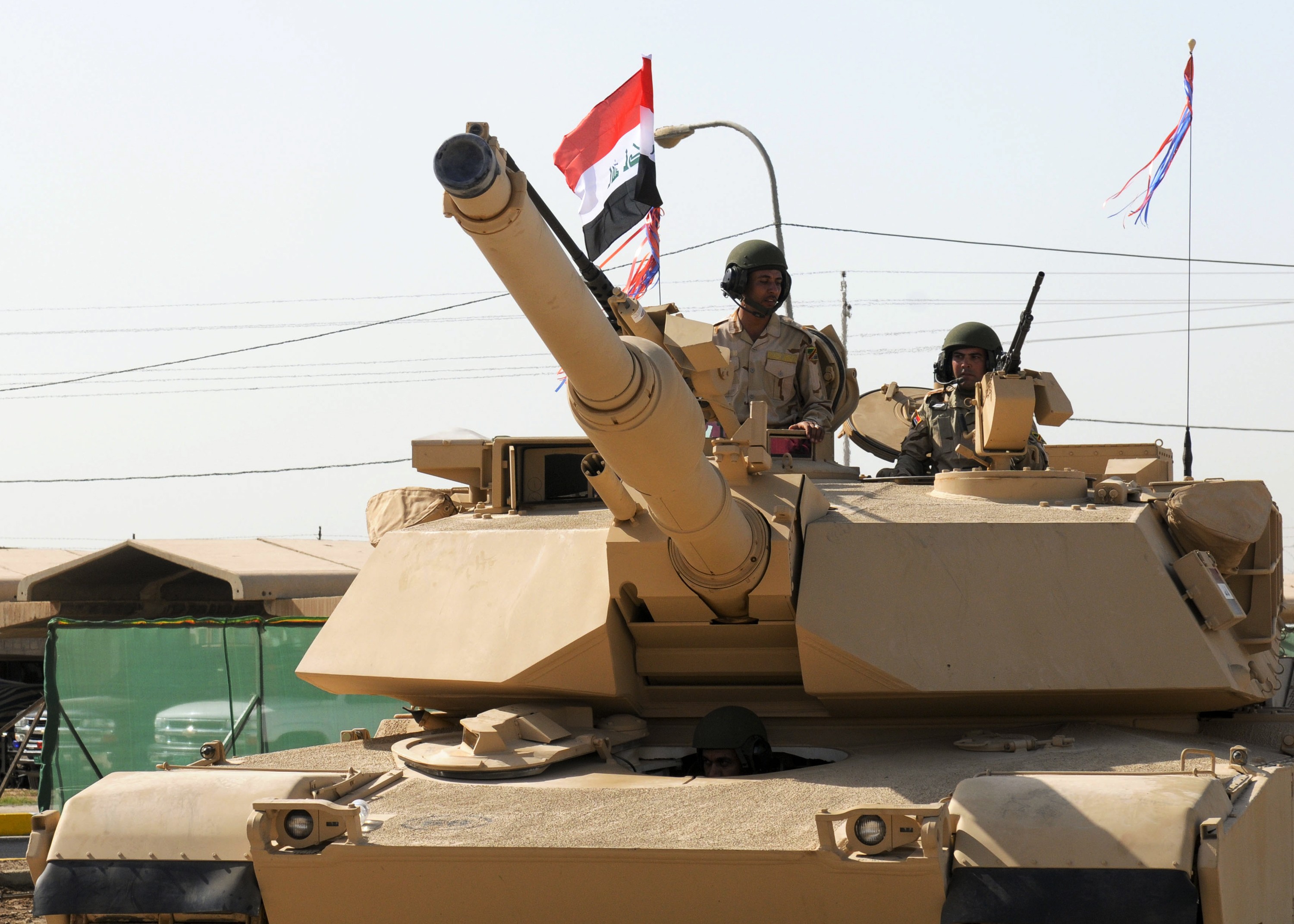
Between 2010 and 2012 the U.S. supplied 140 refurbished M1A1 Abrams tanks to Iraq. In mid-2014, they saw action when the Islamic State of Iraq and the Levant launched the June 2014 Northern Iraq offensive. During three months, about one-third of the Iraqi Army's M1 tanks had been damaged or destroyed by ISIL and some were captured by opposing forces. By December 2014, the Iraqi Army only had about 40 operational Abrams left. That month, the U.S. Department of State approved the sale of another 175 Abrams to Iraq.
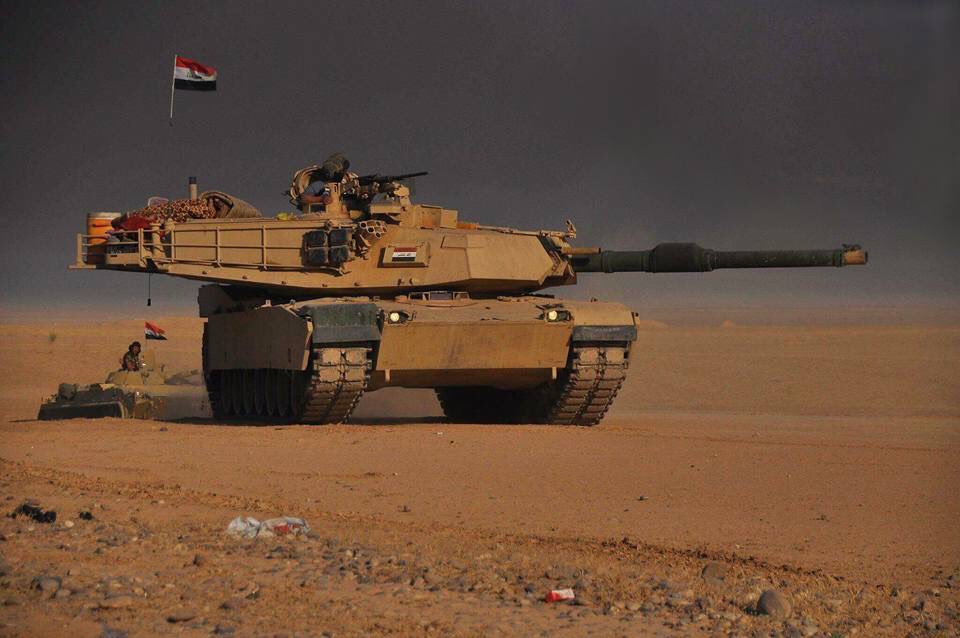
Iranian-backed Iraqi Shiite Kata'ib Hezbollah (Hezbollah Brigades) were reported to operate M1 Abrams, and released publicity showing the tanks being transported by trucks to take part in the Battle of Mosul. It is not known whether the tanks were captured from ISIS, seized from Iraq's military, or handed over.
One Iraqi-operated Abrams has been nicknamed "The Beast" after it became the lone working tank when taking back the town of Hit in April 2016, destroying enemy fighting positions and IED emplacements.
In October 2017, Abrams were used by the Iraqi security forces and the Popular Mobilization Forces (also called Al-Hashd al-Shaabi) in assaults against the Kurdistan Regional Government Peshmerga in the town of Altun Kupri (also called Prde). It was claimed by Kurdish commanders that at least one Abrams was destroyed by the Peshmerga.
Here are some specific examples of the M1 Abrams' use in Iraqi Army service:
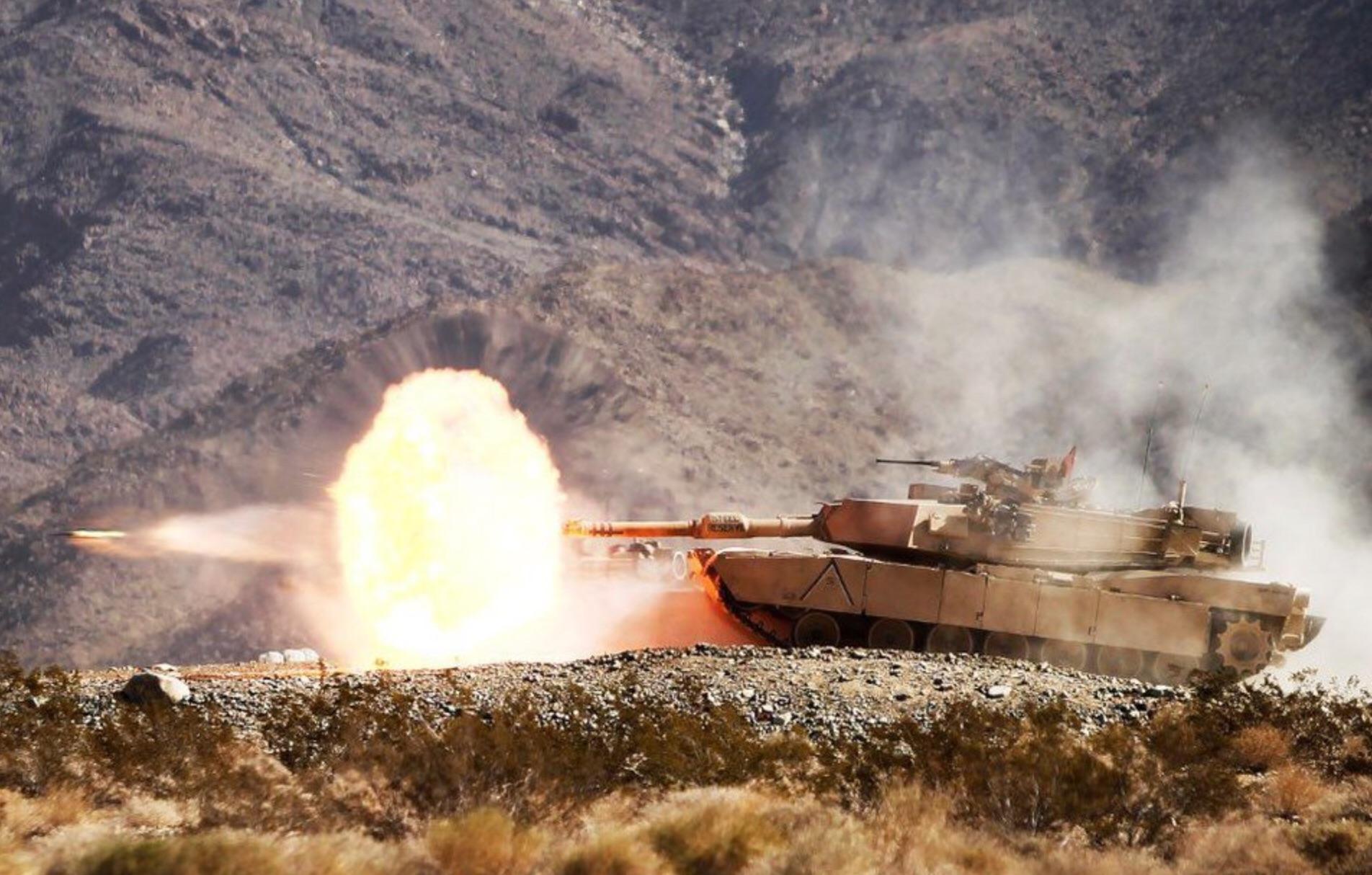
The M1A1 Abrams was the first main battle tank to be deployed to Afghanistan. The tank was deployed in 2010 to Helmand and Kandahar provinces in support of counterinsurgency operations. The Abrams was a powerful weapon that provided the Marines with a significant advantage in firepower and armor. However, the tank's weight and size made it difficult to maneuver in the mountainous terrain of Afghanistan. The Abrams was first used in combat in Afghanistan in November 2010. A company of 14 M1A1 tanks from Delta Company, 1st Tank Battalion, 1st Marine Division (Forward), was sent to southern Afghanistan to support operations in Helmand and Kandahar provinces. The tanks were immediately put into use, and they proved to be very effective against Taliban insurgents. The Abrams' superior firepower and armor allowed it to destroy Taliban positions and engage in urban combat with impunity. The tank's thermal imaging system also allowed the Marines to operate at night and in poor weather conditions.
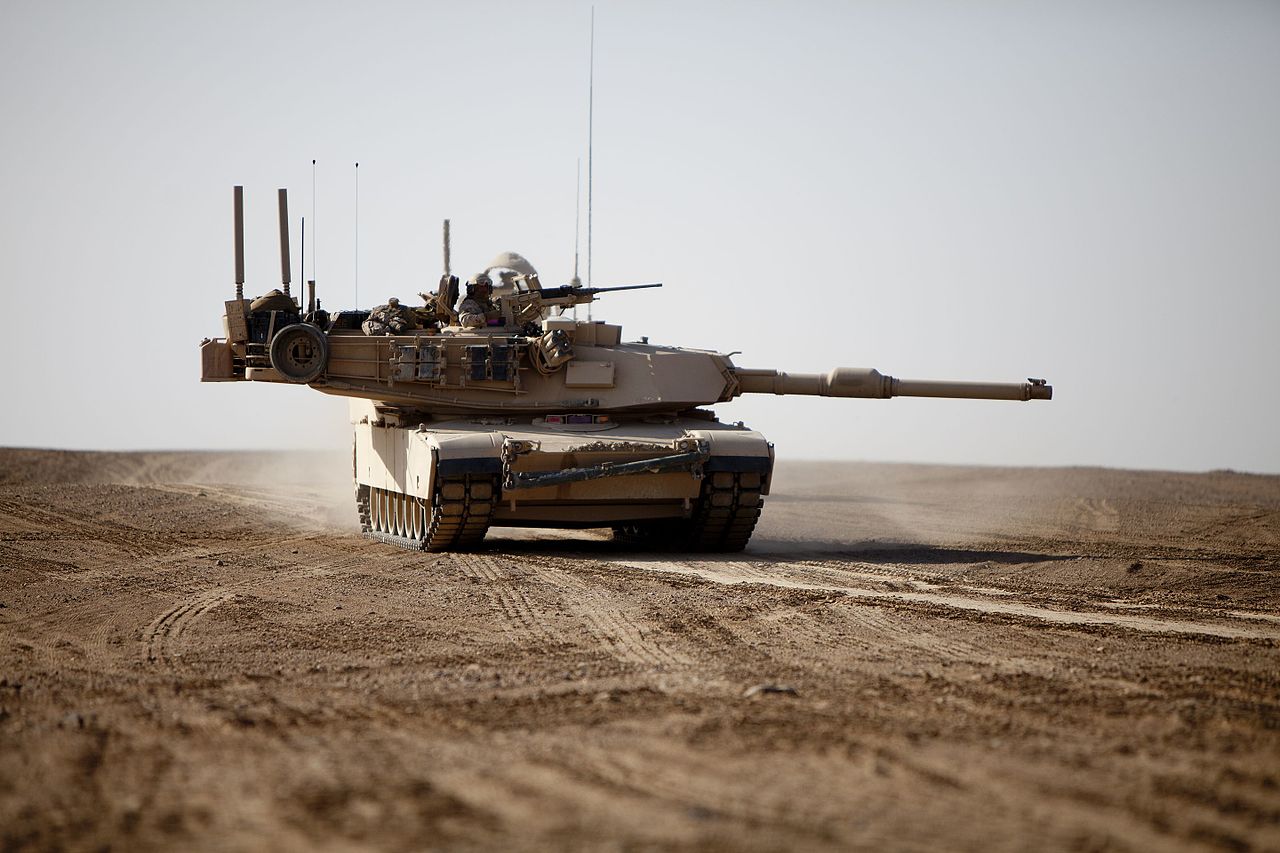
However, the Abrams' weight and size also made it difficult to maneuver in the mountainous terrain of Afghanistan. The tanks were often bogged down in mud and sand, and they were also vulnerable to roadside bombs. In addition, the Abrams' high fuel consumption made it difficult to sustain operations in remote areas of the country. Tanks may have limited utility in Afghanistan due to the mountainous terrain, although Canada and Denmark deployed Leopard 1 and 2 MBTs that were specially modified to operate in the relatively flat and arid conditions of southwestern Afghanistan. In late 2010, at the request of Regional Command Southwest, the U.S. Marine Corps deployed a small detachment of 14 M1A1 Abrams tanks from Delta Company, 1st Tank Battalion, 1st Marine Division (Forward), to southern Afghanistan in support of operations in Helmand and Kandahar provinces. Despite these limitations, the Abrams was a valuable asset to the Marines in Afghanistan. The tank's firepower and armor provided the Marines with a significant advantage in combat, and it helped to save lives. The Abrams also played a role in deterring Taliban attacks, and it helped to create a more secure environment for the Afghan people.
The Abrams was withdrawn from Afghanistan in 2014. The Marines determined that the tank was no longer needed in the country, as the Taliban insurgency had been significantly weakened. The Marines also wanted to focus on developing lighter and more agile armored vehicles that would be better suited for the terrain of Afghanistan.
The use of the M1 Abrams in Afghanistan was a controversial issue. Some critics argued that the tank was too heavy and too expensive to be used in a counterinsurgency war. Others argued that the tank's firepower and armor were necessary to protect the Marines from Taliban attacks. Ultimately, the decision of whether or not to use the M1 Abrams in Afghanistan was a complex one. The Marines weighed the pros and cons of the tank and decided that it was the best weapon for the job. The Abrams proved to be a valuable asset to the Marines in Afghanistan, and it helped to save lives.
Here are some additional interesting facts about the use of the M1 Abrams in Afghanistan:
The M1 Abrams main battle tank was deployed by the Saudi Arabian Army during the Saudi Arabian-led intervention in Yemen starting in 2015. The tanks were used to support Saudi-backed ground forces in their advance against Houthi rebels. The Abrams' superior firepower and armor proved to be effective against the Houthis, who were largely equipped with lighter weaponry and outdated tanks.
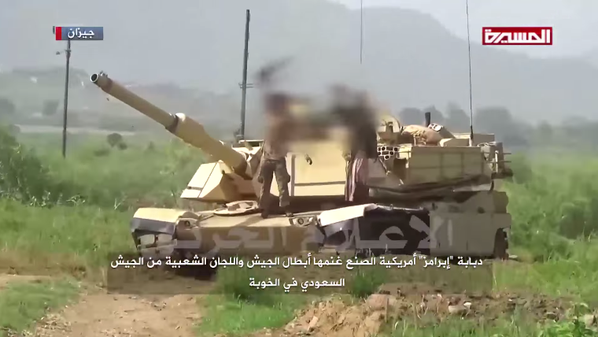
After the start of the Saudi Arabian-led intervention in Yemen during the 2015 Yemeni Civil War, Saudi Arabian M1A2 MBTs were deployed near the Saudi Arabia-Yemen border.[citation needed] In August 2016, the U.S. approved a deal to sell up to 153 more Abrams tanks to Saudi Arabia, including 20 "battle damage replacements", suggesting that some Saudi Arabian Abrams had been destroyed or severely damaged in combat in Yemen.
Here are some specific examples of the M1 Abrams' use in the Yemen Civil War:
The use of the M1 Abrams in the Yemen Civil War was controversial. Some critics argued that the tanks were too heavy and too expensive to be used in a counterinsurgency war. Others argued that the tank's firepower and armor were necessary to protect Saudi-backed forces from Houthi attacks. Despite the controversy, the M1 Abrams tank played a significant role in the Saudi Arabian-led coalition's campaign in Yemen. The tanks provided the coalition with a significant advantage in firepower and protection, and they were a key factor in the coalition's military successes. Ultimately, the decision of whether or not to use the M1 Abrams in the Yemen Civil War was a complex one. The Saudi Arabian Army weighed the pros and cons of the tank and decided that it was the best weapon for the job. The Abrams proved to be a valuable asset to the Saudi-backed forces in Yemen, and it helped to achieve their objectives in the war.
the usage of the M1 Abrams tank was primarily tied to the involvement of the Saudi-led coalition, which included the United Arab Emirates (UAE). The UAE, in particular, utilized the M1 Abrams tanks during this conflict. Here's some insight into their deployment:
The M1 Abrams' involvement in the Yemen Civil War, particularly in the hands of the UAE forces within the Saudi-led coalition, illustrated the use of advanced military equipment in a complex and multifaceted conflict, with implications reaching beyond the immediate battlefield.
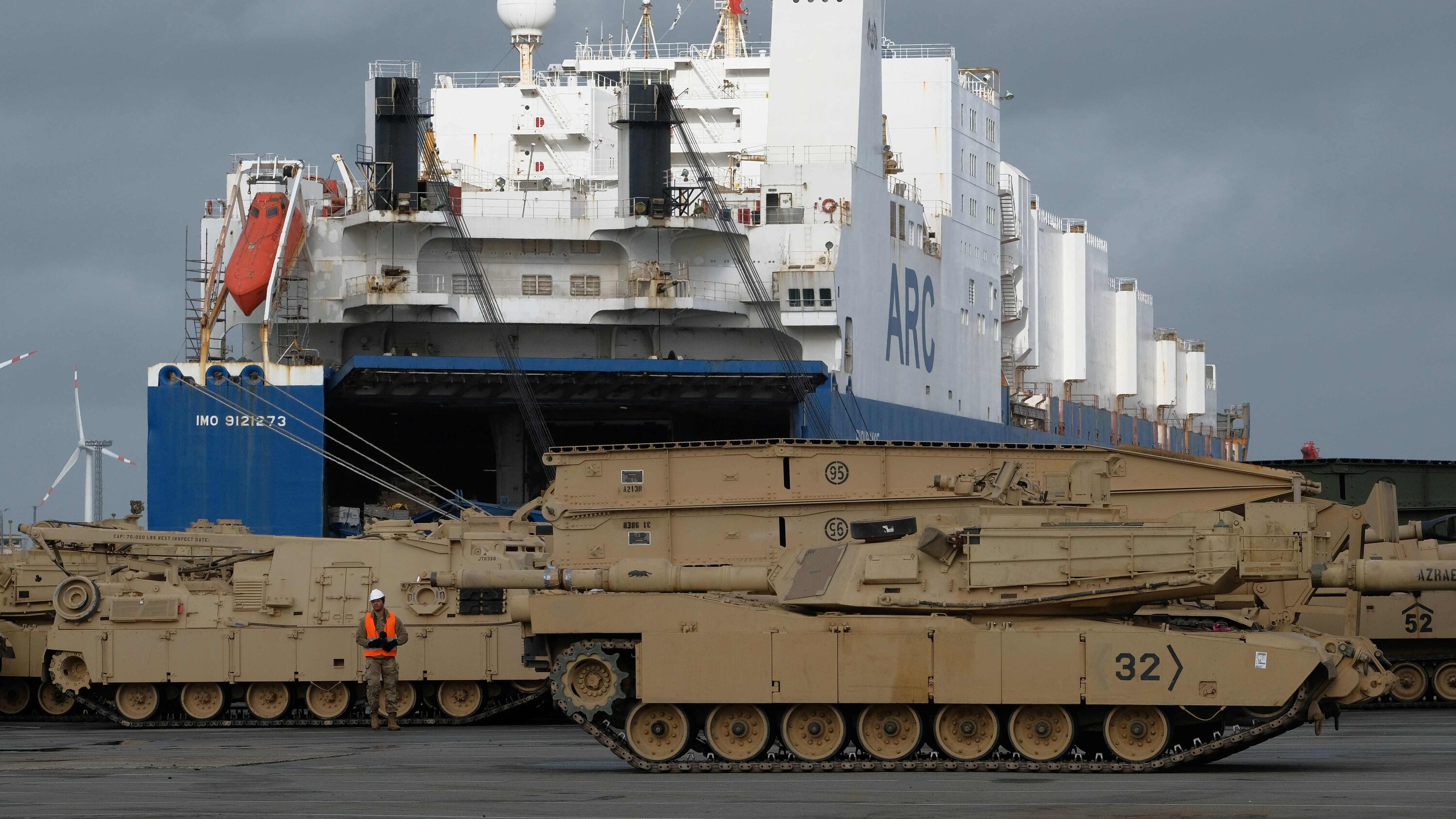
On 24 January 2023, U.S. President Joe Biden said that the United States would send 31 M1 Abrams tanks to Ukraine, stating that this was intended to "enhance Ukraine's capacity to defend its territory and achieve its strategic objectives" and was "not an offensive threat to Russia." The plan to transfer the tanks to Ukraine was approved as part of a larger support package. Pentagon spokesperson Sabrina Singh specified that the tanks would be the M1A2 variant; however, because they were not available in excess in U.S. stocks, they would be purchased through Ukraine Security Assistance Initiative (USAI) and could take up to two years to manufacture and deliver. She also acknowledged the challenges of training Ukrainian tank crews and maintaining the tanks in Ukraine. In March 2023 the Pentagon announced that, in order to expedite delivery, older M1A1 variants would be pulled from Army stocks and refurbished for delivery by the fall. This change would also ensure deliveries to US allies of new M1A2s would not be disrupted.
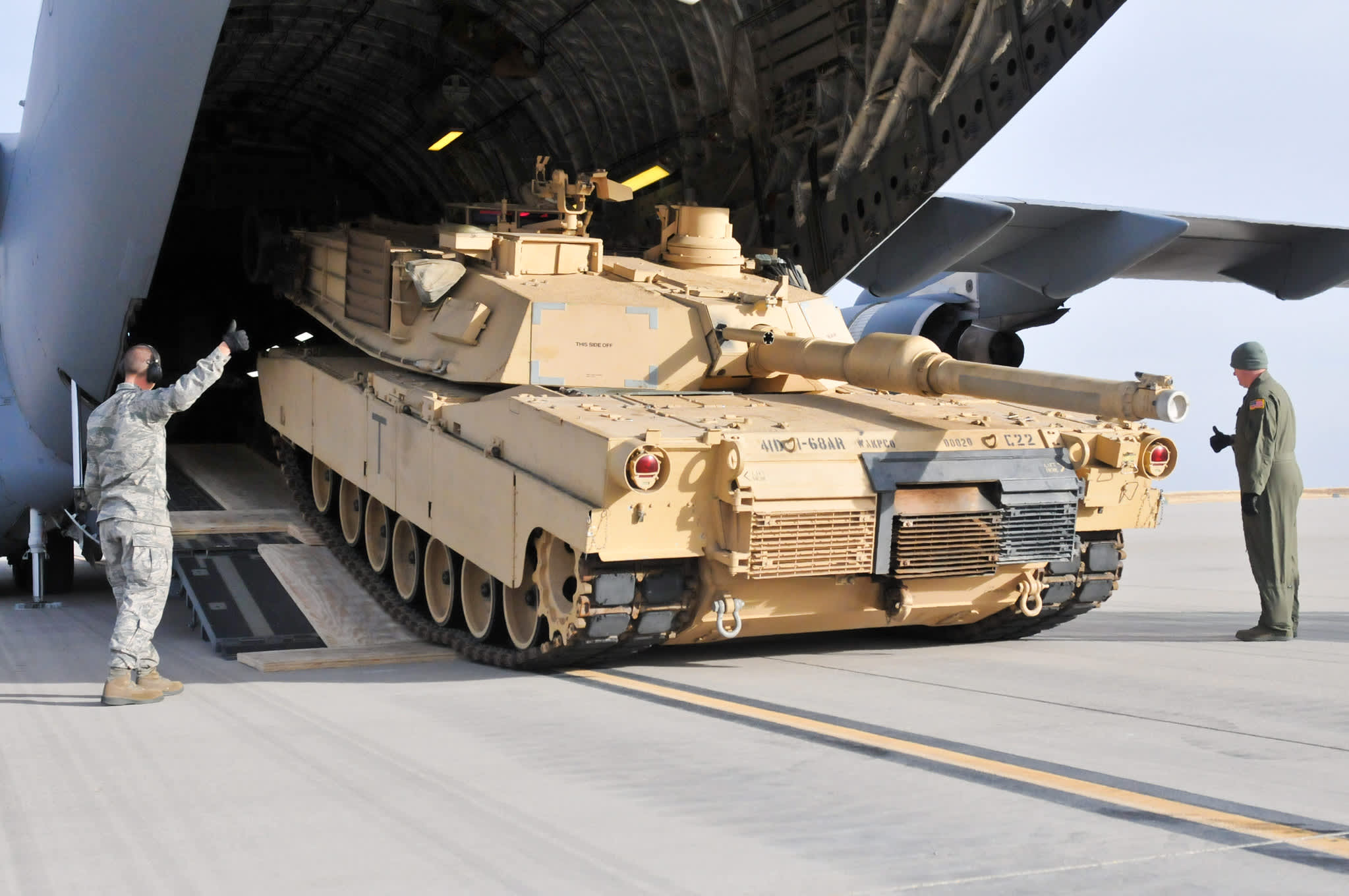
On 25 September 2023, President Zelenskyy announced the arrival of the first batch out of 31 M1 Abrams tanks promised by the United States to Ukraine, without specifying its number, although Politico reported the number to be ten. These machines are ex-U.S. Marine Corps. More tanks, of the initial batch of 31, are expected to be sent in the "during the fall." More Abrams are also expected in coming months. The Abrams is expected to be a major asset to the Ukrainian military. The tanks will provide Ukrainian forces with a significant advantage in firepower and protection. They will also be able to engage Russian tanks at longer distances than Ukrainian-made tanks. However, the Abrams is also a complex and expensive tank to operate. Ukrainian forces will need to be trained on how to use the tanks before they can be deployed in combat. The tanks will also require a lot of maintenance and logistics support.
Military officials say it could take time before the Abrams are sent to the battlefield, as Ukrainian troops make sure they have needed support elements in place and determine when and where to use the tanks for greatest effect against Russian forces. “I think Ukraine will be deliberate in when and where they use it,” O’Donnell said. “The Abrams tank is one hell of an armored vehicle, but it’s not a silver bullet. Ultimately, it's Ukraine's determination to break through that matters most."
The Abrams will be among other tanks in Ukraine’s arsenal that it could use to push into, and possibly reclaim, Russian-held territory in Ukraine’s eastern and southern regions, where fighting has ground on for months without major breakthroughs. But Kyrylo Budanov, the head of Ukraine’s military intelligence, has warned that the Abrams would need to be deployed “in a very tailored way, for very specific, well-crafted operations,” or risk being destroyed. If they are simply sent to the front lines to try to punch through Russian defenses, General Budanov said last week in an interview with an American military news site, “they will not live very long on the battlefield. They need to be used in those breakthrough operations, but very well prepared.”
Former senior American military officers say it could take some time before the Abrams are sent to the battlefield, as Ukrainian troops first ensure that they have the needed support elements and decide where and when the vehicles will be most effective. Until then, it’s likely that the tanks’ locations will be kept under wraps as Ukraine’s forces “don’t want to start losing them to precision strikes before they are actually in the fight,” said Ben Hodges, a retired general who formerly commanded the U.S. Army in Europe.
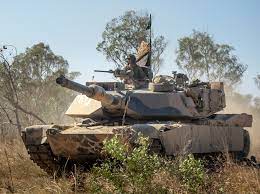
59 M1A1 (AIM) configuration tanks. They were bought from the U.S. in 2006 and replaced the Leopard AS1 in 2007. In April 2021, the U.S. granted an FMS for 160 M1A1 tank hulls. In January 2022, Australia committed to purchase 120 tanks and armored vehicles, including 75 M1A2s, at a total cost of $3.5 billion

1,360 M1A1 tanks assembled in Egypt for the Egyptian Army in cooperation with the U.S.
321 M1A1Ms Iraq was leasing 22 U.S. Army M1A1s for training in 2008. In October 2012, it was reported that six more tanks were being delivered. Zaloga wrote that four battalions of the 9th Armoured Division were equipped with M1s by 2014: 1st and 2nd of the 34th Brigade, and 4th and 5th of the 35th Brigade.
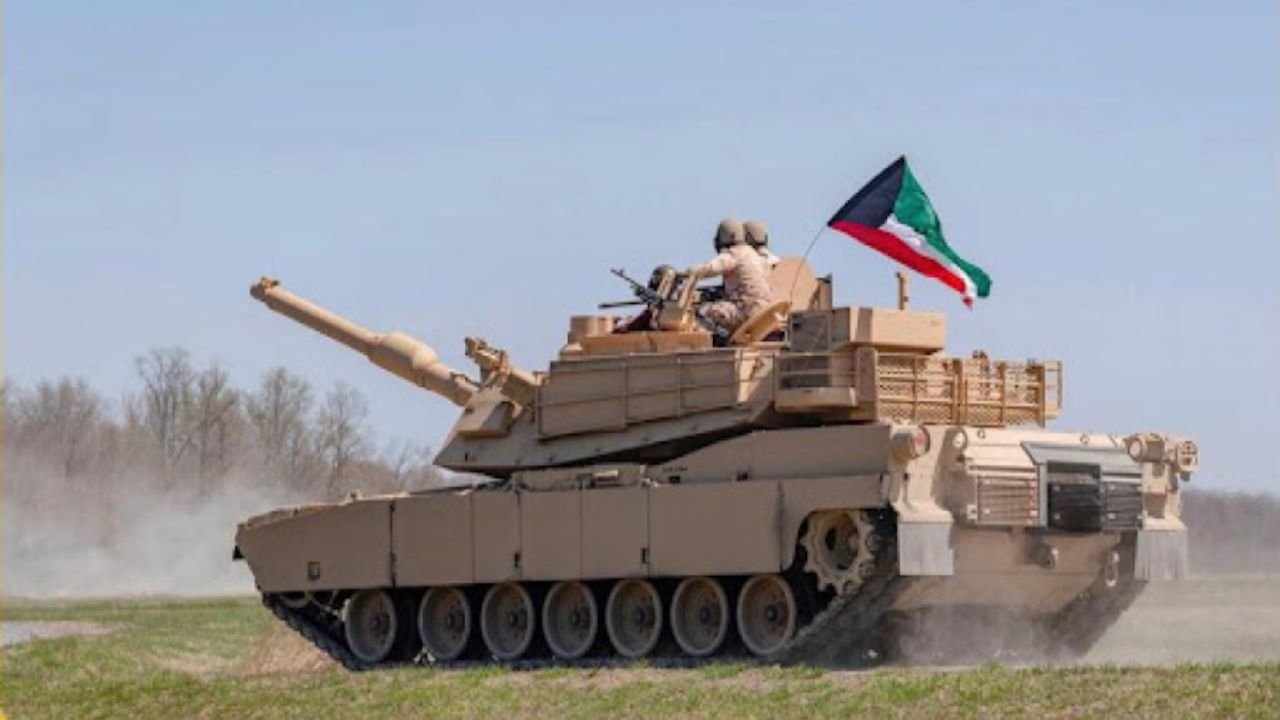
218 M1A2s

Poland has bought 250 M1A2 SEP v3 tanks. delivery is set to finish by in early 2025. The total purchase cost with support vehicles, crew training, and large supply of ammunition will cost PLN 23.3 billion. The first 14 of the 116 M1A1s ordered arrived on 28 June 2023.
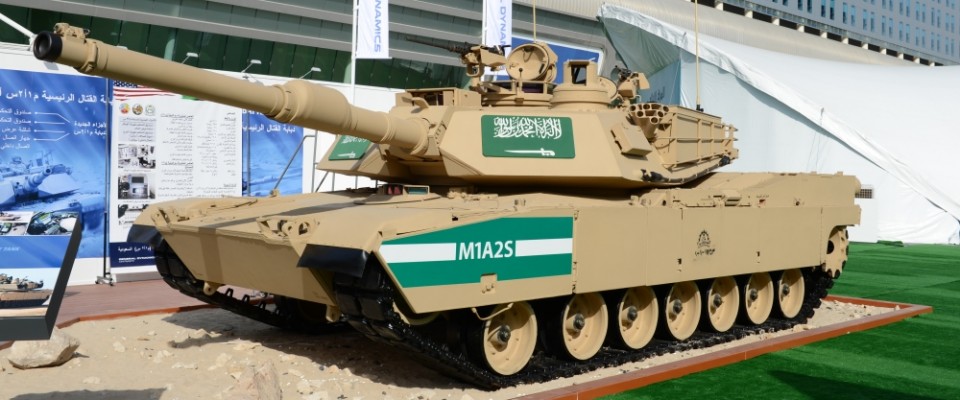
373 Abrams tanks, To be upgraded to M1A2S configuration in Saudi Arabia. 69 more M1A2S tanks ordered on 8 January 2013, to be delivered by 31 July 2014
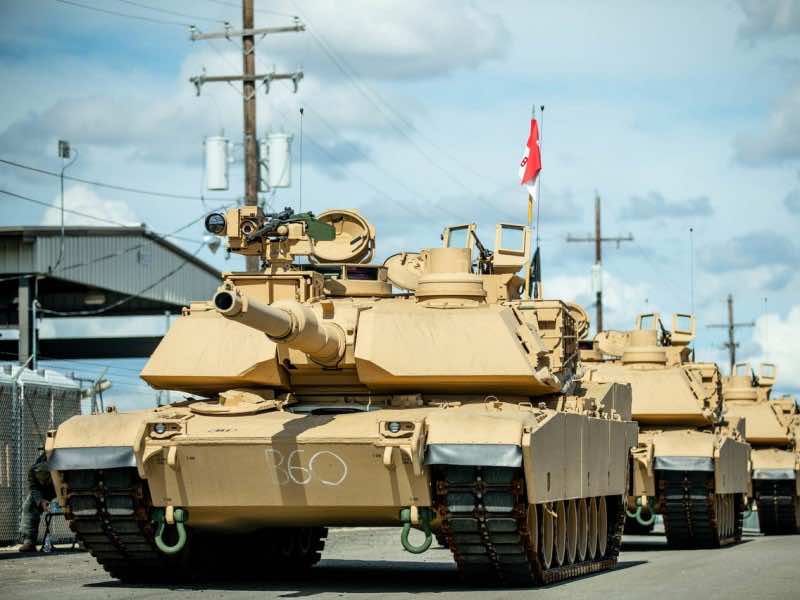
222 M1A1 SA tanks ordered in 2015. The contract include 150 refurbished and upgraded tanks to the special armor configuration. Morocco took delivery of the first batch of M1A1SAs on 28 July 2016.
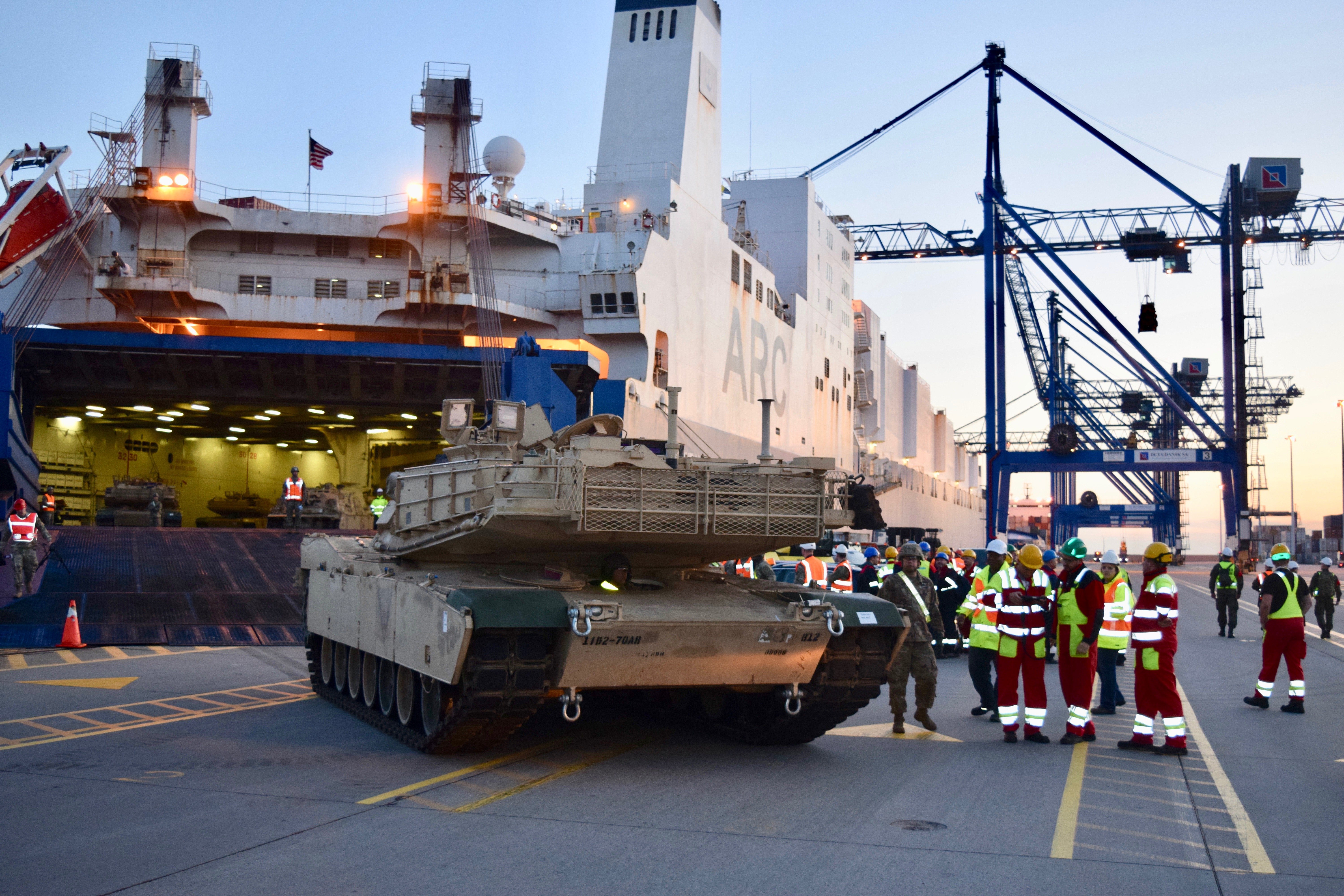
Taiwan considered purchasing upwards of 200 M1s, which was later reduced with the intention of acquiring 120 M1A1 tanks. In July 2018, Taiwan's Ministry of National Defense budgeted money to buy 108 M1A2s from the U.S. to replace its aging CM-11 Brave Tiger and M60A3 TTS tanks.
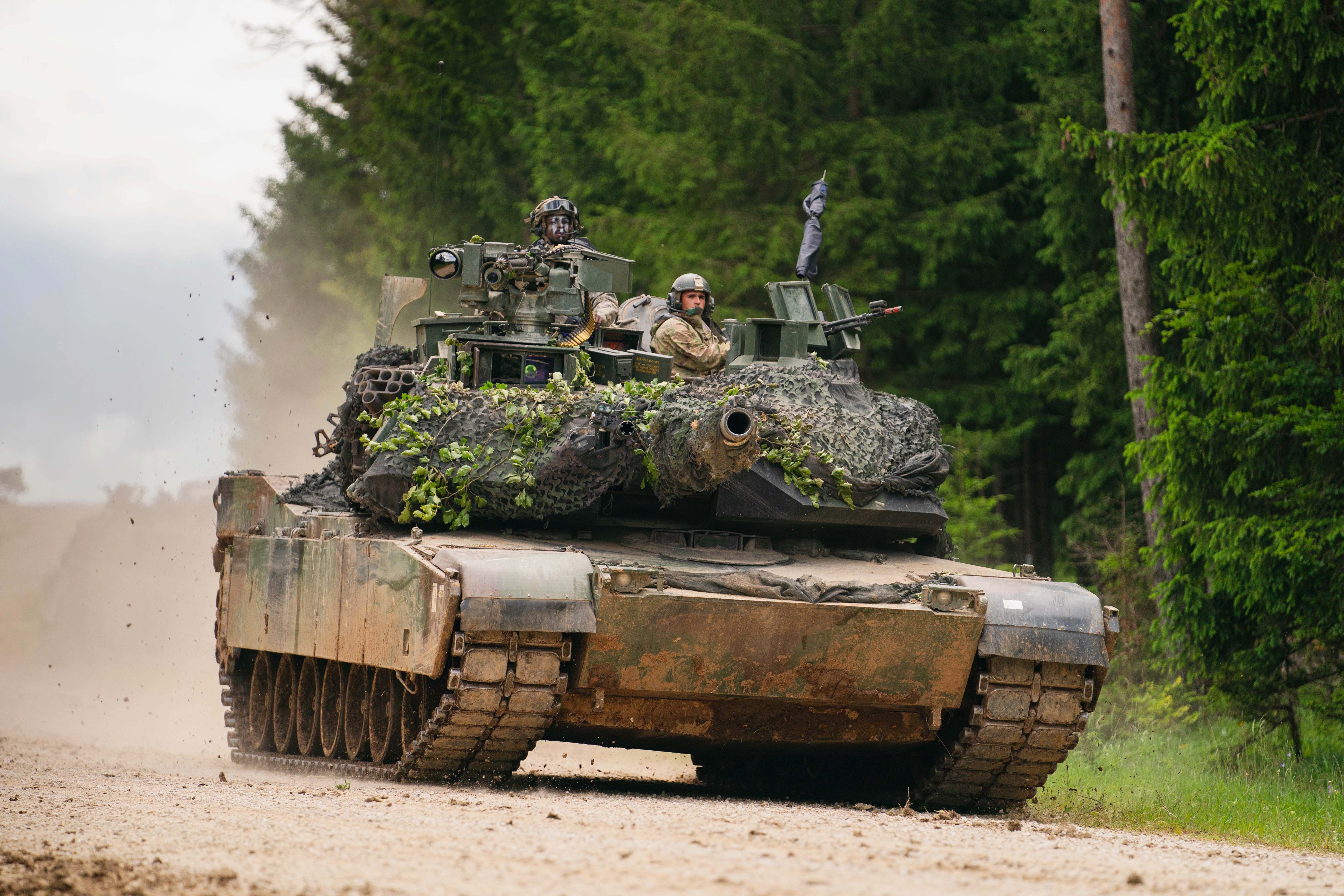
31 M1 Abrams to be delivered at an unknown date, as part of U.S. support for Ukraine. In April, the U.S. announced that the Abrams tanks will soon be sent to Germany so that Ukrainian soldiers could start training on them.
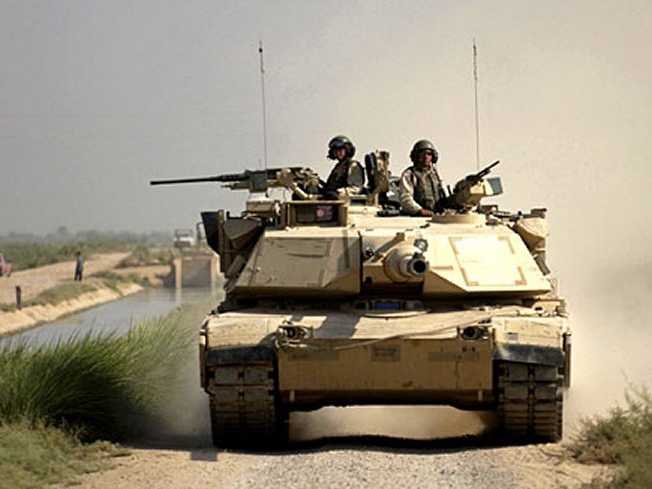
and United States Marine Corps received over 8,100 M1, M1A1 and M1A2 tanks combined

2,509 total, 750 M1A1SA, 1,605 M1A2 SEPv2, 154 M1A2 SEPv3 (some 3,700 more M1A1 and M1A2 in storage).

On 7 March 2023, the Romanian Land Forces is in the process of advancing a proposal for the purchase of an Abrams tank battalion. In May 2023, the decision to buy 54 used M1A2 Abrams from US Army stocks was approved by the Parliament of Romania.

received over 8,100 M1, M1A1 and M1A2 tanks combined